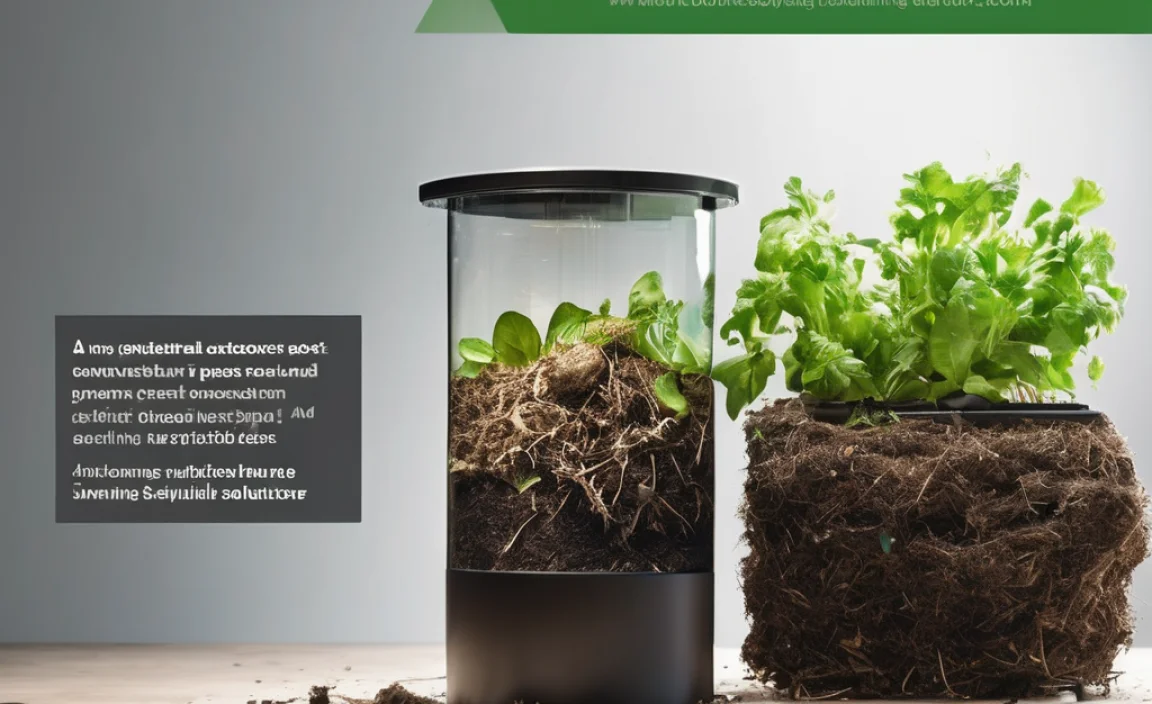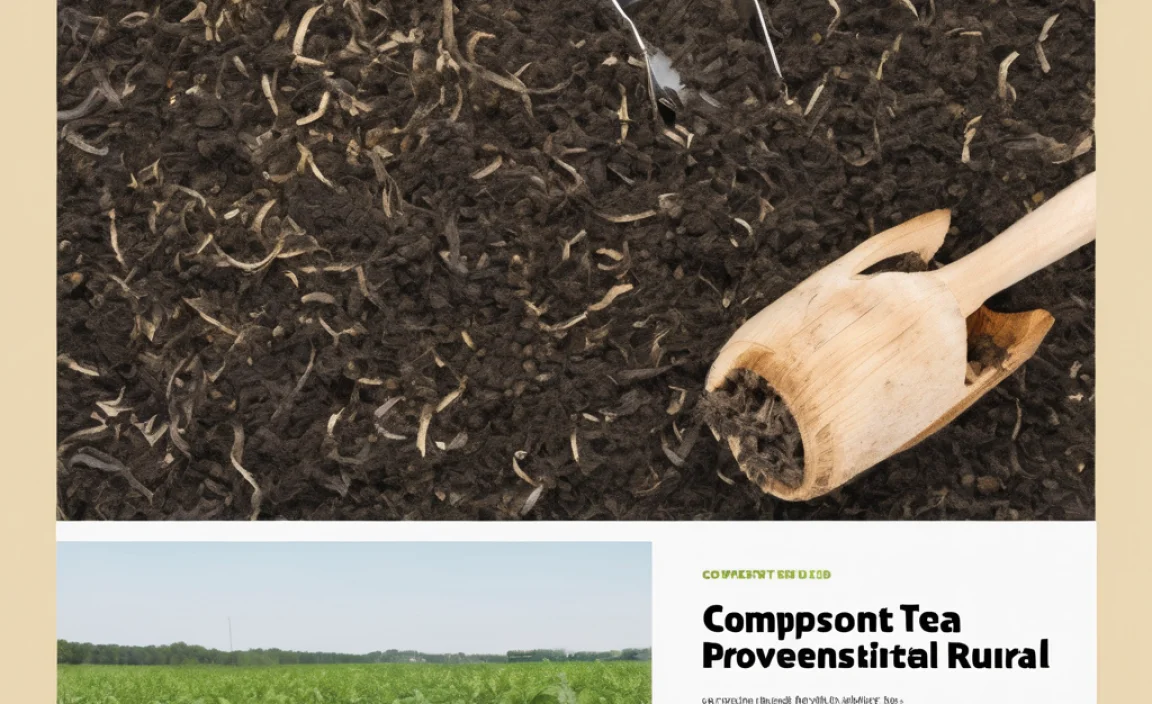Ever feel like your compost bin is taking ages to break down kitchen scraps and yard waste? You’re not alone! Many Canadians struggle to get their compost cooking at a good pace. It’s frustrating when you’re eager to enrich your garden soil but end up with a slow-motion pile. But what if I told you there’s a simple, natural way to speed things up significantly? Today, we’re diving into the amazing world of compost enzymes in Canada and how they can transform your composting game. Get ready for faster decomposition and healthier soil, the natural way!
What Exactly ARE Compost Enzymes?
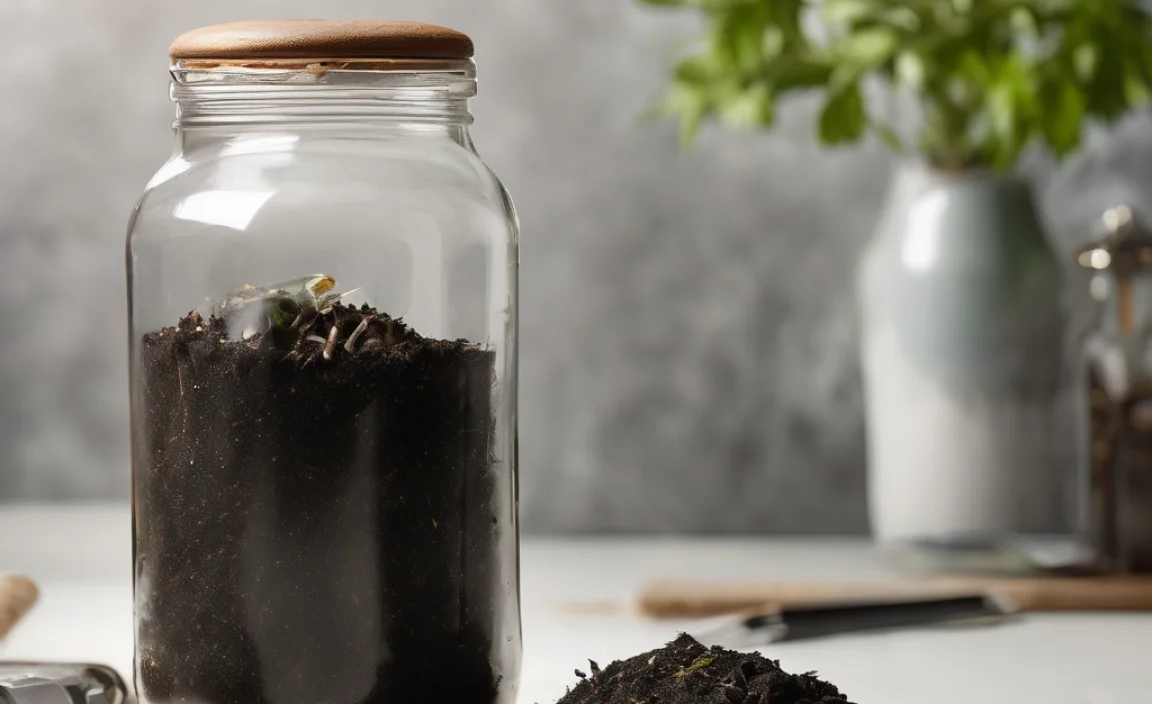
Think of enzymes as nature’s tiny, super-efficient workers. They are biological catalysts, which means they speed up chemical reactions. In your compost pile, these enzymes are produced by the billions of microorganisms – like bacteria and fungi – that are busy munching away at your organic materials. These microscopic helpers are the real powerhouses behind decomposition, and enzymes are their tools.
Without enough of the right enzymes, the breakdown process can be sluggish. But when conditions are right, these enzymes go into overdrive, breaking down complex materials into simpler forms much faster. This not only speeds up composting but also helps create nutrient-rich compost that your plants will absolutely love.
Why Enzymes Matter for Canadian Composters
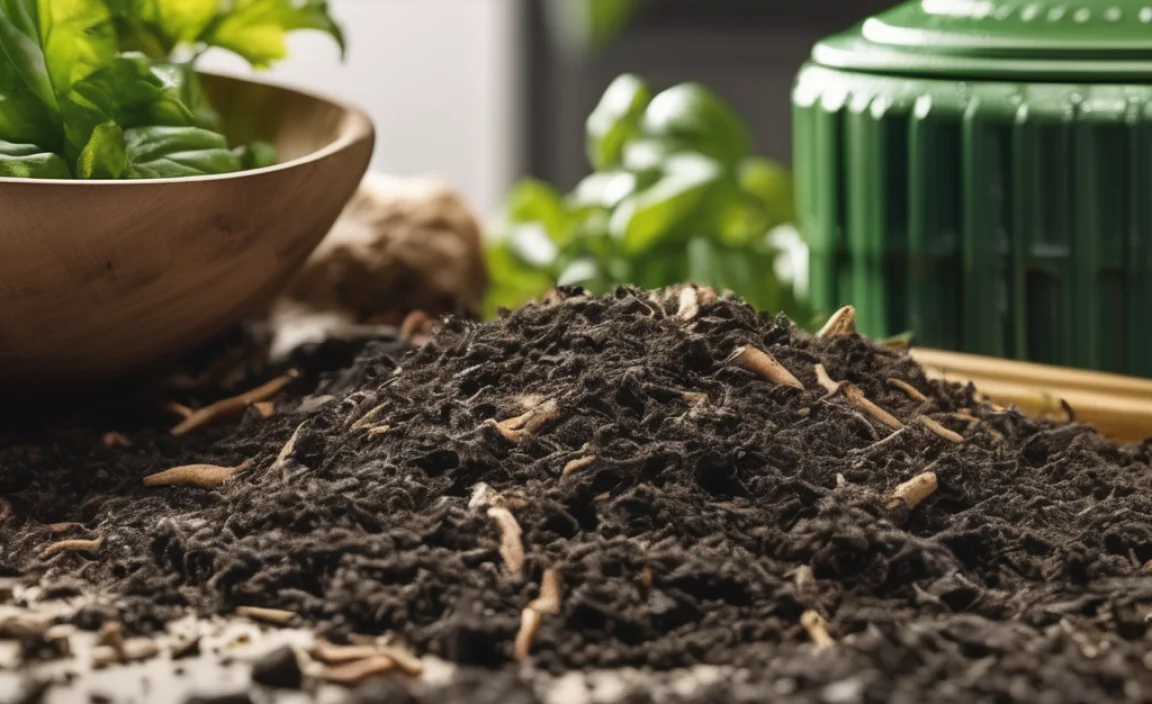
Canada’s diverse climate, from the chilly winters of the North to the humid summers of the East Coast, can sometimes make composting a challenge. Temperature fluctuations and moisture levels play a huge role in the activity of those essential microorganisms and, therefore, the enzymes they produce.
Understanding and encouraging enzyme activity can help us overcome these challenges. By creating the optimal environment for these natural helpers, we can ensure a more consistent and efficient composting process, regardless of what the Canadian weather throws at us. This means happier microbes, faster compost, and healthier gardens for all of us.
The Key Players: Types of Compost Enzymes
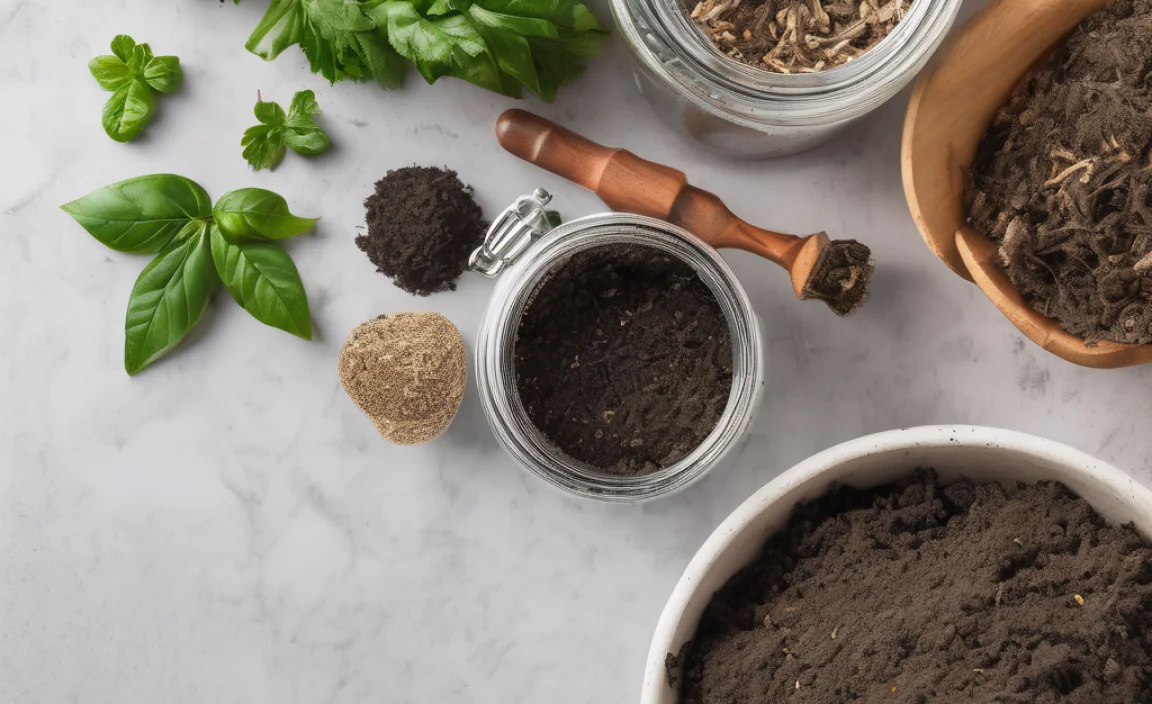
While there are many types of enzymes, a few are particularly important for efficient composting. These are the ones doing the heavy lifting in breaking down your food scraps and yard waste.
1. Proteases
These enzymes focus on breaking down proteins. Think about your leftover meat scraps, dairy products, or even grass clippings – they all contain proteins that proteases help to break down into amino acids and smaller organic molecules. This is crucial for getting rid of nitrogen-rich materials quickly.
2. Amylases
Amylases are responsible for breaking down starches. Foods like bread, pasta, rice, and even starchy vegetable peels are rich in carbohydrates. Amylases convert these complex starches into simpler sugars, making them easier for microorganisms to consume and use as energy.
3. Lipases
These enzymes tackle fats, oils, and greases. While you should be cautious about adding large amounts of fatty foods to your compost (they can slow things down and cause odors), lipases are essential for breaking down any small amounts. They break down lipids into fatty acids and glycerol, which are then further consumed by microbes.
4. Cellulases
These perhaps are the most important for yard waste. Cellulases break down cellulose, the main component of plant cell walls. This means they are vital for decomposing materials like leaves, twigs, straw, and paper. Without effective cellulase action, your yard waste will sit in the pile for a very long time.
5. Ligninases
Lignin is a complex polymer found in woody materials. It’s tough to break down, which is why woody debris often takes the longest to compost. Ligninases are the enzymes that specifically target and break down lignin, making them essential for composting tougher materials like small branches and wood chips.
The Magic Formula: What Compost Microbes Need to Thrive
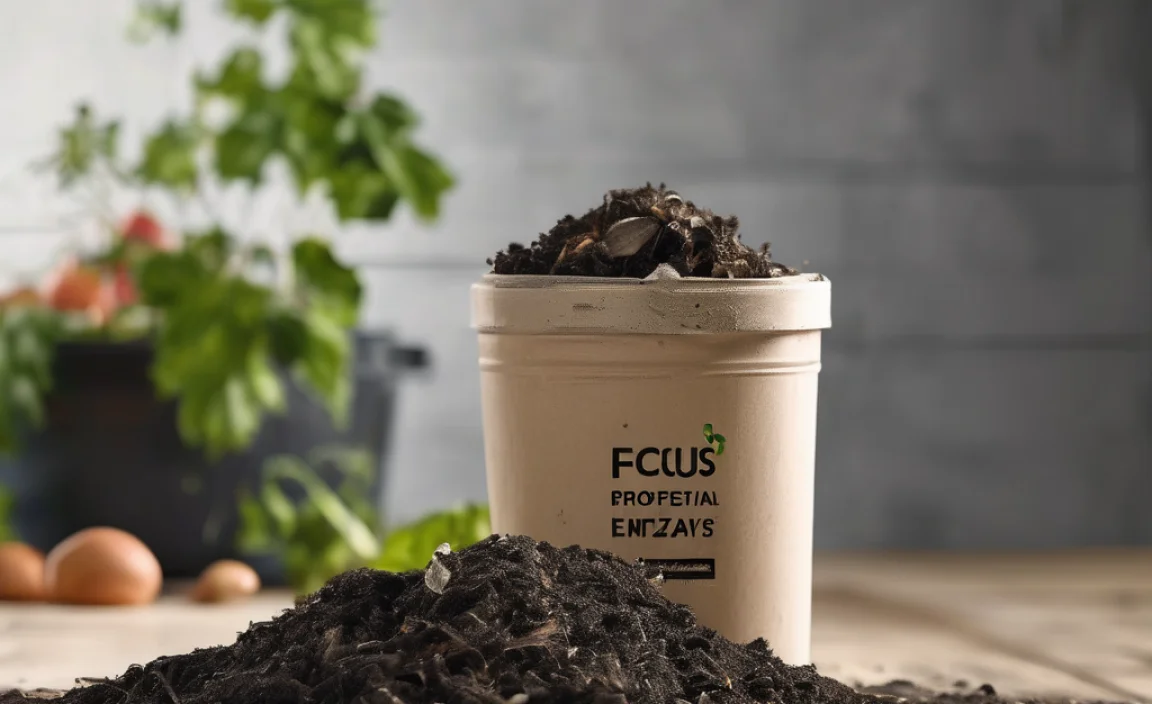
Enzymes don’t work in a vacuum. They are produced by microorganisms, so the health and activity of these microbes are directly linked to enzyme production. To get those microbes and their enzymes working overtime, you need to provide them with the right conditions. Think of it like setting up the perfect spa for your microscopic compost crew!
1. The Right Mix: Carbon to Nitrogen Ratio (C:N)
This is arguably the most critical factor. Microbes need both carbon (for energy) and nitrogen (for protein and reproduction). A good rule of thumb for a balanced compost pile is a C:N ratio of around 25:1 to 30:1 by weight.
- “Greens” (Nitrogen-rich): Food scraps, grass clippings, coffee grounds, manure.
- “Browns” (Carbon-rich): Dried leaves, straw, shredded cardboard, twigs, sawdust.
Too much nitrogen can lead to a smelly, slimy pile, while too much carbon will significantly slow down decomposition. Aim for roughly two to three parts “browns” to one part “greens” by volume when layering your compost bin.
2. Moisture: The Lifeblood of the Pile
Microorganisms, and thus enzymes, need water to survive and function. Your compost pile should be as damp as a wrung-out sponge. If it’s too dry, the microbes become dormant. If it’s too wet, you risk anaerobic conditions (lack of oxygen), which leads to foul smells and slow decomposition. You can check moisture by grabbing a handful of compost; a few drops of water should come out when squeezed.
3. Aeration: Let Them Breathe!
For the most efficient decomposition, your microbes need oxygen. This process is called aerobic decomposition. Without enough air, the pile can become anaerobic. Regularly turning or “mixing” your compost pile is essential. This can be done with a compost fork, pitchfork, or a specialized compost aerator. Aim to turn your pile every 1-4 weeks, depending on how quickly you want compost.
For more on creating ideal composting conditions, the U.S. Environmental Protection Agency (EPA) offers excellent resources on backyard composting principles that are universally applicable.
4. Temperature: The Hot Zone
The ideal temperature for rapid composting is between 130°F (55°C) and 160°F (70°C). This “hot composting” phase is fantastic for breaking down materials quickly and killing weed seeds and pathogens. While it’s tough to maintain consistently high temperatures during colder Canadian months, even moderate warmth encourages microbial activity. Turning the pile can help generate heat, as does adding new “green” materials.
Practical Tips for Boosting Compost Enzymes in Canada
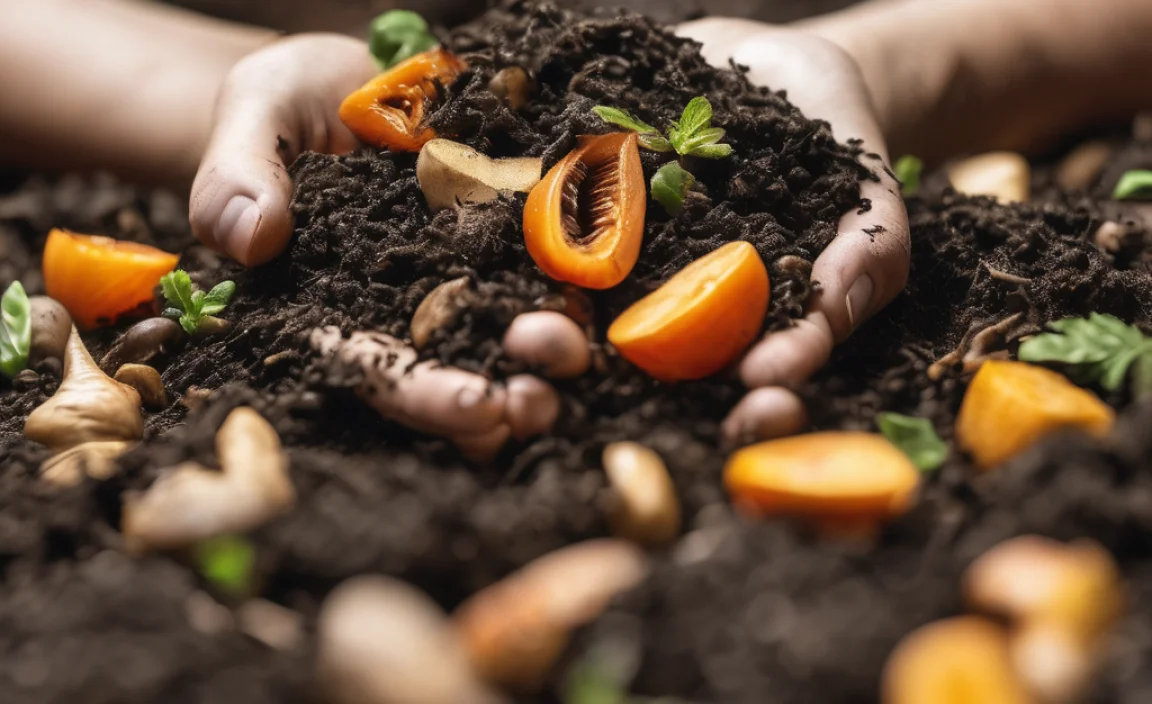
You don’t need special chemicals to boost your compost enzymes. Nature provides plenty! Here are proven, practical tips to encourage those microbial workers and their handy enzymes. These are budget-friendly and easy to implement in any Canadian backyard or even on a balcony.
1. Chop it Up! Size Matters
Smaller pieces mean more surface area for microbes and enzymes to attack. Think of it like a chef cutting ingredients into smaller pieces to cook faster.
- Shred your cardboard and paper products.
- Chop up larger food scraps (e.g., melon rinds, potato peels).
- Break down twigs and small branches.
This greatly increases the efficiency of cellulase and ligninase enzymes.
2. Layering is Key: Burgers, Not Soups
When adding materials, alternate layers of “greens” and “browns.” A good structure helps maintain airflow and moisture balance. Start with a layer of browns, then a layer of greens, then browns, and so on. This mimics natural decomposition and ensures the microbes have a balanced diet.
3. The “Activator” Secret: Simple & Natural
You can give your compost pile a natural boost by adding materials that are already teeming with the right kind of microorganisms and enzymes.
- Finished Compost: A shovelful of mature compost introduced to a new pile is like an express ticket for microbial life.
- Manure: Especially fresh manure from herbivores (cows, horses, rabbits) is packed with beneficial microbes and enzymes.
- Healthy Soil: A small amount of garden soil can introduce a diverse range of decomposers.
- Bugs and Worms: If you see earthworms or beneficial insects, that’s a good sign! They help break down materials and distribute microbes.
You can also purchase commercially available compost activators, which are often concentrated forms of beneficial microbes and enzymes. For a trusted source of gardening supplies and amendments in Canada, check out organizations like Landscape Ontario’s supplier directory which often lists compost activators or local garden centres that carry them.
4. Maintain Perfect Moisture & Aeration
As mentioned, water and air are non-negotiable. Regularly check your pile. If it looks dry, add a bit of water while turning. If it’s too wet and starts to smell, add more “browns” and turn it frequently to introduce air.
5. Patience and Observation: Nature’s Pace
While we want to speed things up, compost is still a natural process. Give your pile time. Observe what’s happening. Are there smells? Is it too wet or too dry? Adjusting your methods based on what you see and smell is the best way to optimize enzyme activity.
Compostable Materials: A Quick Guide for Canadians
Not everything belongs in your compost bin, especially if you’re aiming for faster decomposition and quality compost. Sticking to the right materials will ensure your enzymes have the best food to work with.
| Good to Compost (“Greens & Browns”) | Avoid Composting (or Use Sparingly) |
|---|---|
| Fruit and vegetable scraps | Meat, fish, and bones (can attract pests and cause odors) |
| Coffee grounds and filters | Dairy products (cheese, yogurt, milk – can attract pests and cause odors) |
| Tea bags (remove staples) | Oily or greasy foods (slow down decomposition and attract pests) |
| Grass clippings (in moderation, and mixed with browns) | Diseased plants (unless you have a very hot compost pile that reliably reaches 160°F / 70°C) |
| Leaves, straw, hay | Weeds that have gone to seed (unless your compost gets very hot) |
| Shredded newspaper, cardboard, paper egg cartons (uncoated) | Pet waste (dog or cat feces – can contain pathogens) |
| Peanut shells | Treated wood or sawdust (can contain harmful chemicals) |
| Wood chips and small twigs (in moderation, for aeration) | Coal or charcoal ash (can raise pH and add unwanted compounds) |
| Sawdust (from untreated wood, in moderation) | Glossy paper or magazines |
Troubleshooting Common Composting Issues (Think Enzyme Helpers!)
Sometimes, despite your best efforts, your compost pile might act up. Often, these issues are related to the balance needed for optimal enzyme activity.
Issue: Pile is too slow or not breaking down
- Problem: Not enough “greens” (nitrogen)? Too dry? Not enough air? Pile is too cold?
- Enzyme Solution: Add more nitrogen-rich materials. Check moisture and add water if needed. Turn the pile to introduce air. Consider adding a compost activator to introduce more beneficial microbes and enzymes.
Issue: Smelly compost (ammonia or rotten egg smell)
- Problem: Too much “greens” (nitrogen)? Too wet? Lack of air (anaerobic conditions)?</li

I am passionate about home engineering. I specialize in designing, installing, and maintaining heating, ventilation, and air conditioning systems. My goal is to help people stay comfortable in their homes all year long.

